Since prehistoric times, music has proven to be a crucial component of the populace. The history of musical equipment clarifies that. The growth process echoes our own, from rudimentary tools to sophisticated digital ones. Each epoch witnessed the introduction of new materials, techniques, and sounds. Ancient instruments, whose construction was frequently simple, held great cultural value. These were polished into elaborate shapes during the Renaissance and Baroque periods. Brass and percussion were introduced in the nineteenth century, adding richness. Music was revolutionized by electronic instruments in the twentieth century. Today’s industry is shaped by digital technology, which makes the production of music accessible to more people. This article digs into this enthralling adventure. It explores the evolution of musical instruments across the centuries, civilizations, and technical advances. Join us as we investigate the tales behind the sounds that shape our environment.
Ancient Origins: Earliest Instruments
Instruments made of bones, shells, wood, and metals appeared in antiquated societies. Mesopotamian lyres, Egyptian harps, and Greek panpipes were both religious and cultural symbols as well as musical props.
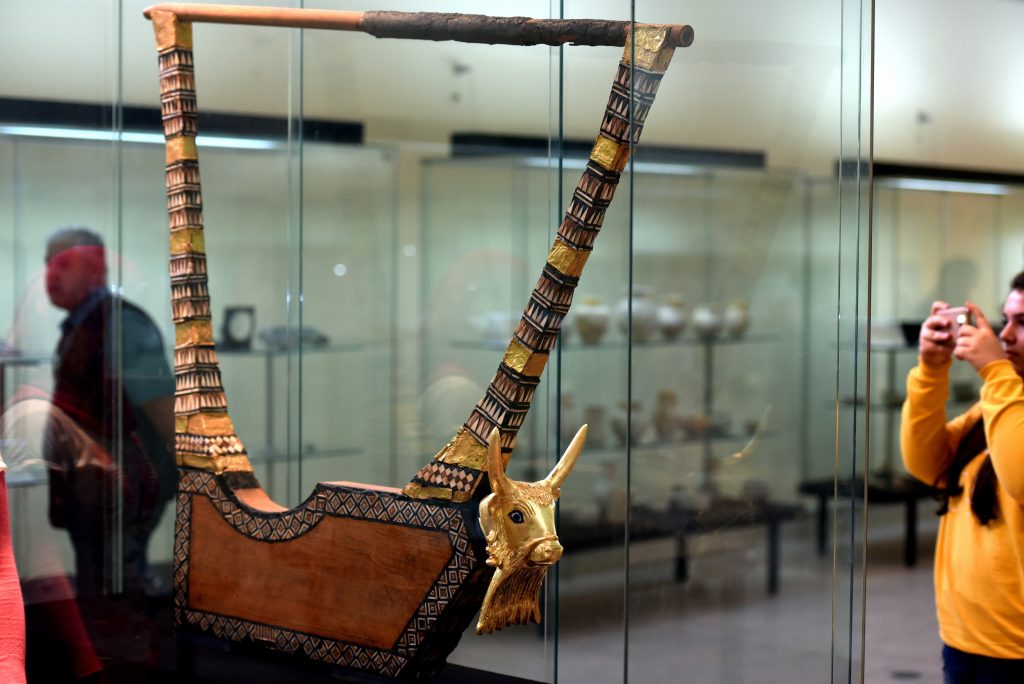
Medieval and Renaissance Innovations
The diversity and complexity of musical instruments increased over the Medieval and Renaissance periods. The expansion of the lute, viol, and early woodwind instruments like the recorder was momentous. These instruments happened to be crucial in court life and cultural manifestations.

Baroque and Classical Refinements
The Baroque and Classical eras were pivotal in the development of instruments. The evolution of stringed instruments like violins and cellos, as well as the advent of the piano, provided new dynamic sound ranges. Composers such as Bach and Mozart made considerable use of these advances.
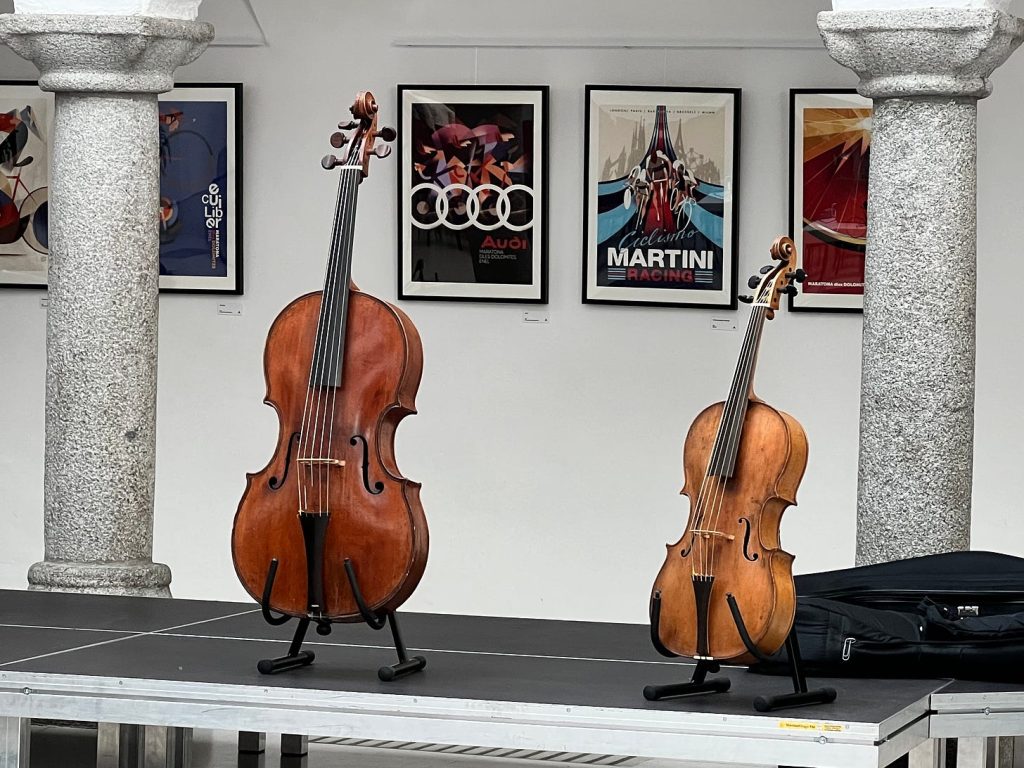
19th Century: Brass and Percussion Emergence
The first appearance of brass and percussion in symphonic music occurred in the nineteenth century. The valve system for brass instruments and the variety of percussion instruments provided additional aspects to musical compositions.
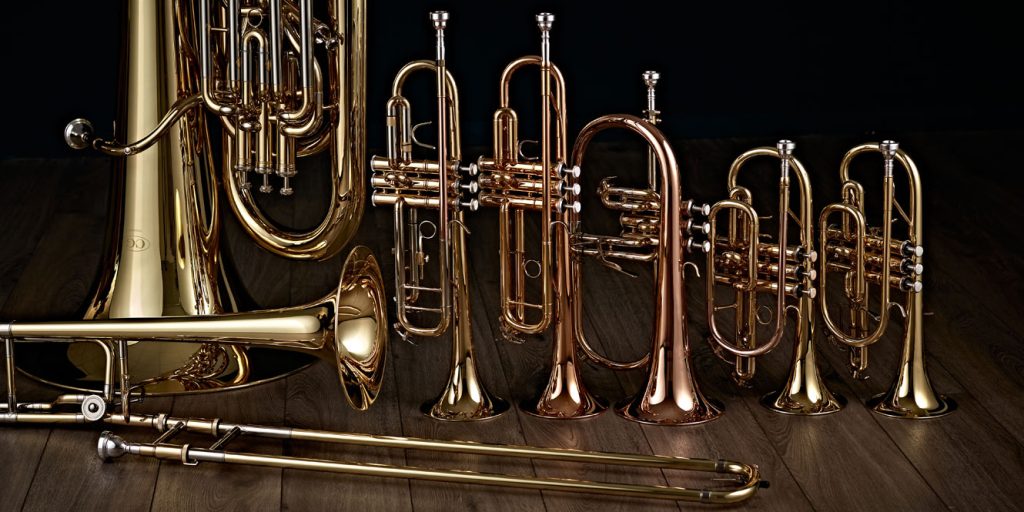
20th Century: Electronic Instruments
Electronic instruments marked a dramatic leap in the twentieth century. The Theremin and synthesizer transformed music, shaping broad categories such as electronic music and rock.
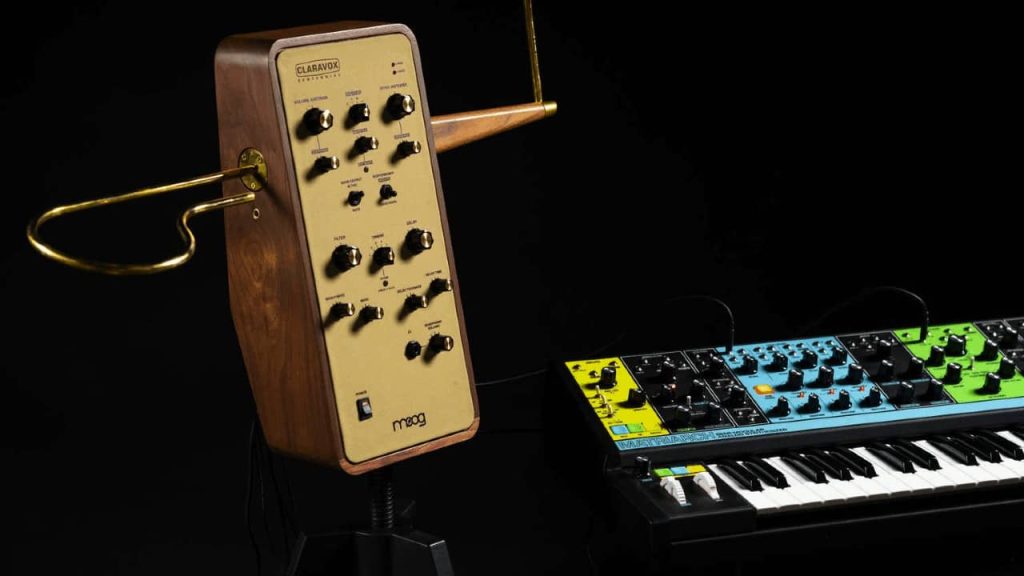
Contemporary innovations and Examples
Innovations in technology continue to shape musical instruments in the modern day. Electronic drums and digital pianos provide greater versality and sound quality. Music production software has turned into an extremely valuable tool, allowing musicians to digitally replicate a broad spectrum of instruments. Examples of such innovations include the following:
- MIDI Controllers: These devices enable artists to operate a variety of digital instruments and software, providing them with unprecedented creative flexibility.

- Digital Wind Instruments: Instruments such as the Roland Aerophone combine traditional playing techniques with the flexible nature of digital sound, linking classical and modern music.
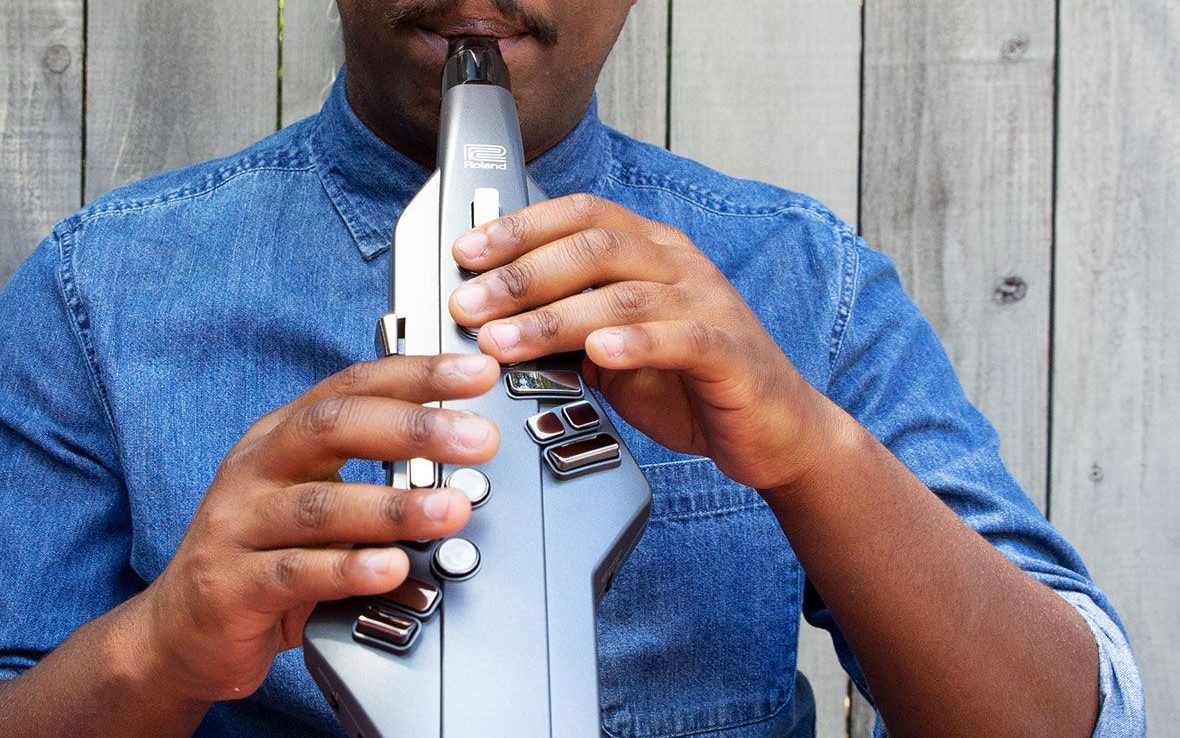
- Smart Guitars: These guitars, which come with built-in digital functions, allow novice players to learn fast while also providing seasoned performers with a variety of effects and sounds.

Musical instrument history illustrates humanity’s creative and technical progress. Each instruments, from ancient bone flutes to current digital synthesizers, conveys a different narrative. These advances reflect our cultural growth as much as technological progress. The progression from simple, natural materials to complicated electrical electrical gadgets exemplifies our never-ending search for new sounds and expressions. Modern inventions like MIDI controllers, computerized wind instruments, and smart guitars represent the marriage of tradition and technology. They provide musicians unrivaled creative freedom. The future of musical instruments offers even greater variety and adaptability as we continue to innovate. This voyage is about the human spirit’s limitless ability for creation and expression, not simply music. The next chapter in this tale will definitely offer additional ground-breaking advances, enhancing the world of music even further.







